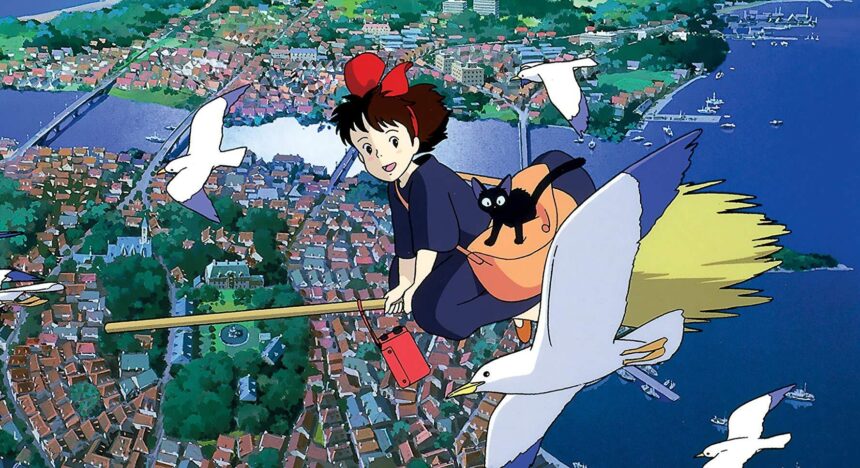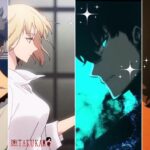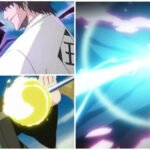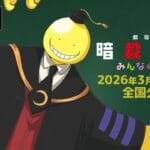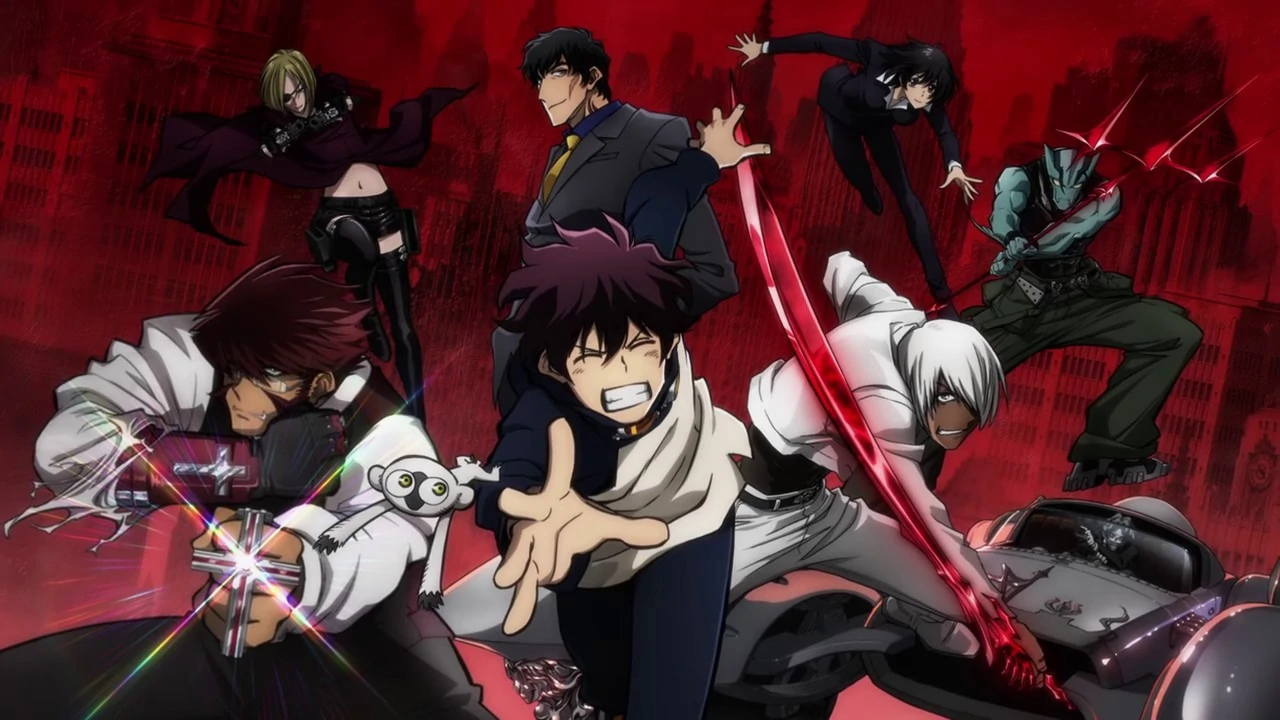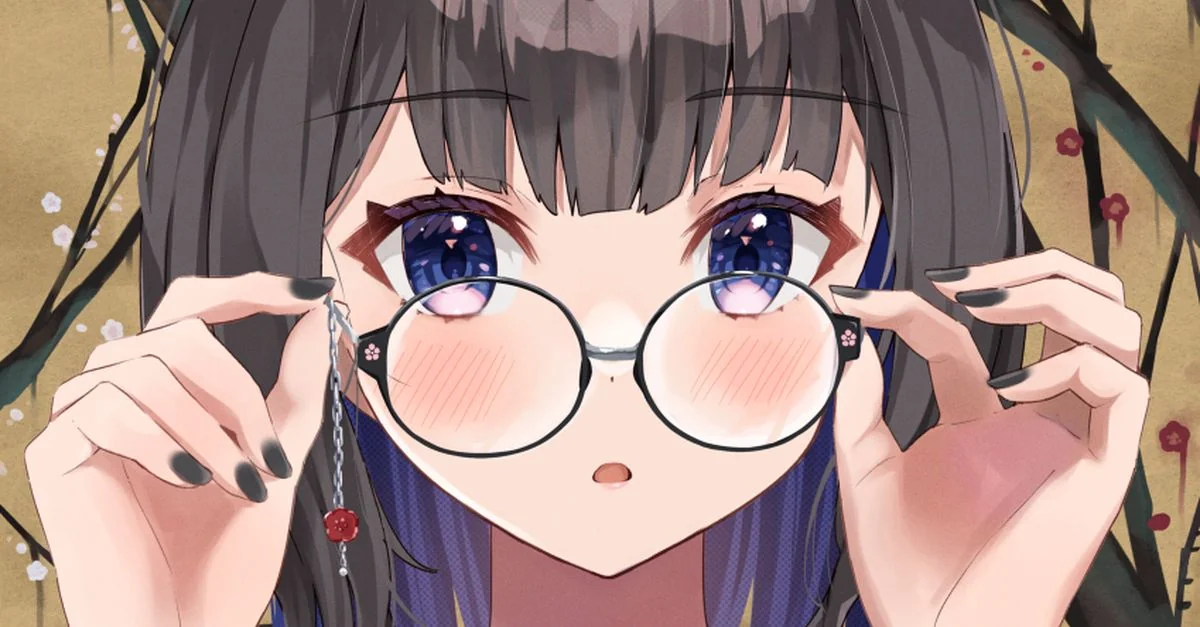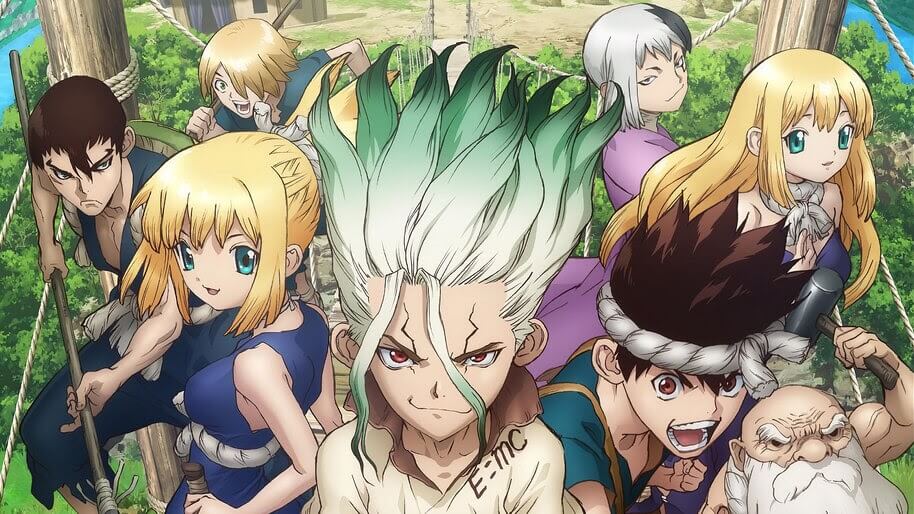The Heisei era, spanning from August 1, 1989, to April 30, 2019, marked a transformative period in Japanese history and culture. This thirty-year epoch witnessed unprecedented growth in anime production and global recognition, introducing audiences worldwide to countless memorable characters who would define generations of storytelling. Among these creations, female protagonists emerged as particularly compelling figures, with their complexity, strength, and depth.
As the Heisei era drew to a close with Emperor Akihito’s historic abdication, the cultural significance of this period became a subject of reflection and celebration. To commemorate this milestone, GooRanking conducted an extensive poll, gathering 4,159 votes from anime enthusiasts to determine the most beloved female characters of the era.
The results reveal not only individual preferences but also broader trends in character development and storytelling that defined three decades of anime evolution.
The Complete Rankings
25. Madoka Kaname (Puella Magi Madoka Magica)
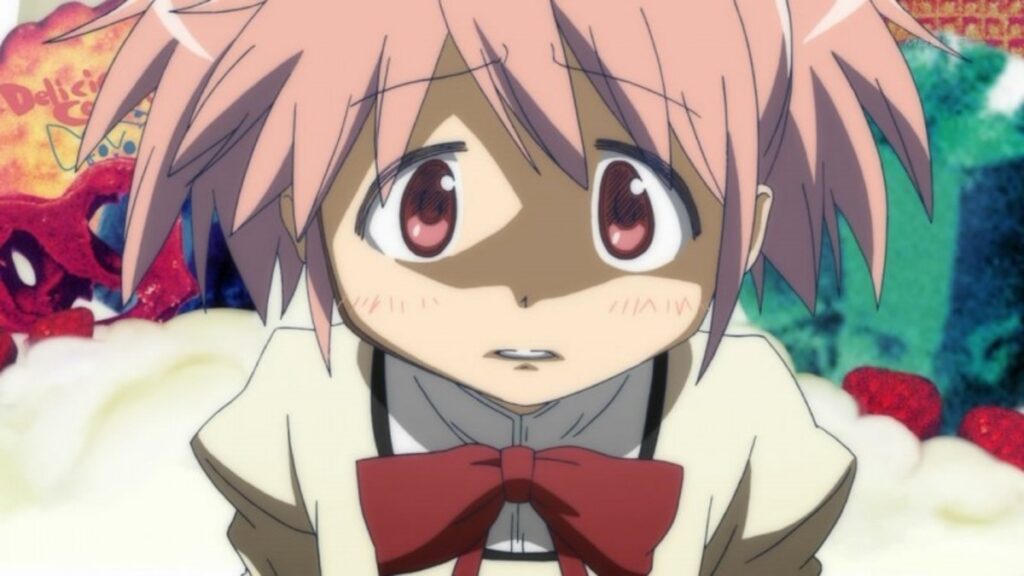
The pink-haired protagonist, whose journey from ordinary schoolgirl to cosmic savior redefined the magical girl genre. Madoka’s selfless nature and ultimate sacrifice to protect all magical girls across time and space demonstrate the profound depth that Heisei-era anime brought to traditionally lighter genres.
24. Rem (Re: ZERO -Starting Life in Another World)
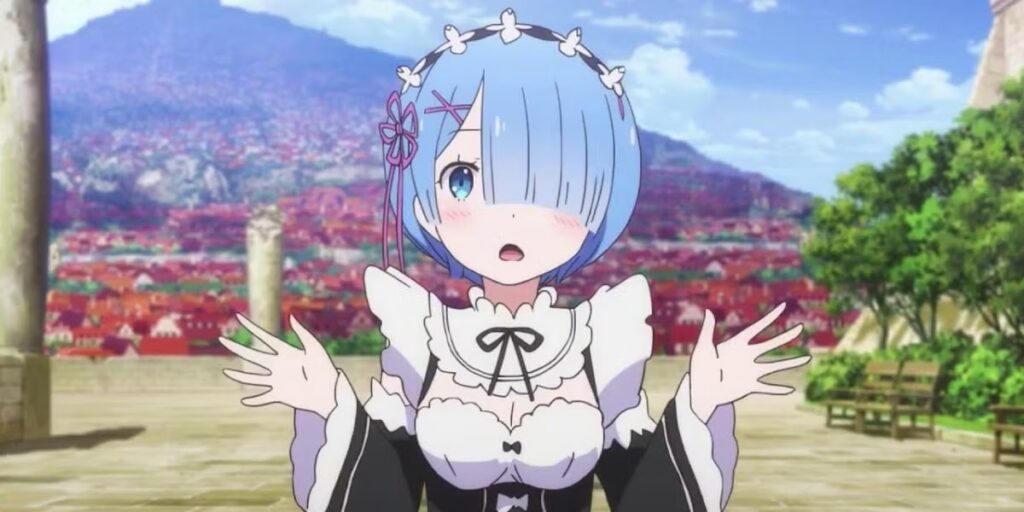
The devoted demon maid whose unwavering loyalty and complex emotional journey captivated audiences. Rem’s character arc explores themes of self-worth, devotion, and the power of unconditional love, representing the psychological complexity that modern isekai anime strives to achieve.
23. Elizabeth Liones (The Seven Deadly Sins)
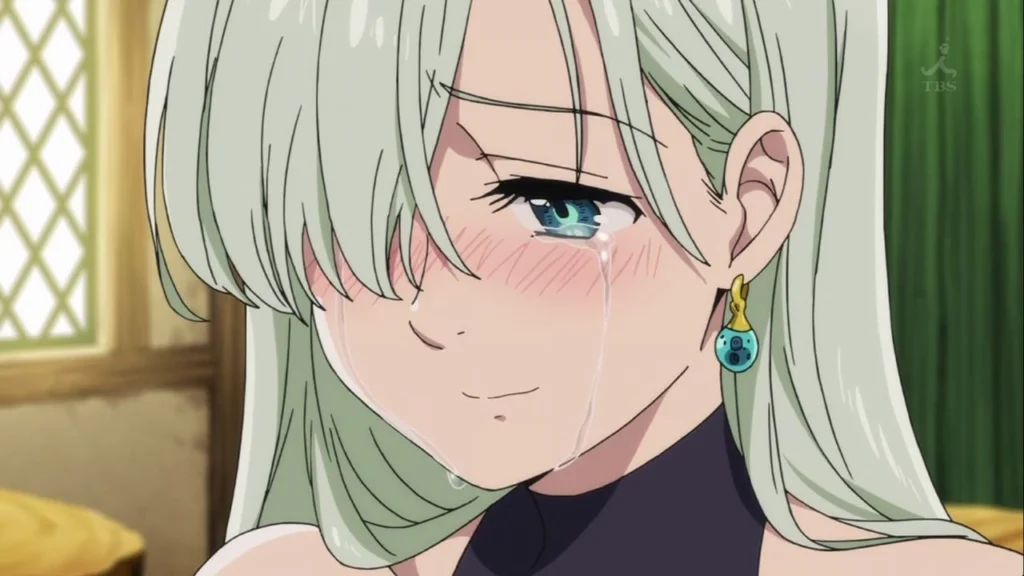
The determined princess who balanced royal duty with personal growth throughout her adventures. Elizabeth’s evolution from damsel in distress to powerful ally showcases the era’s shift toward more empowered female characters in fantasy narratives.
22. Honoka Yukishiro (Futari wa Precure)
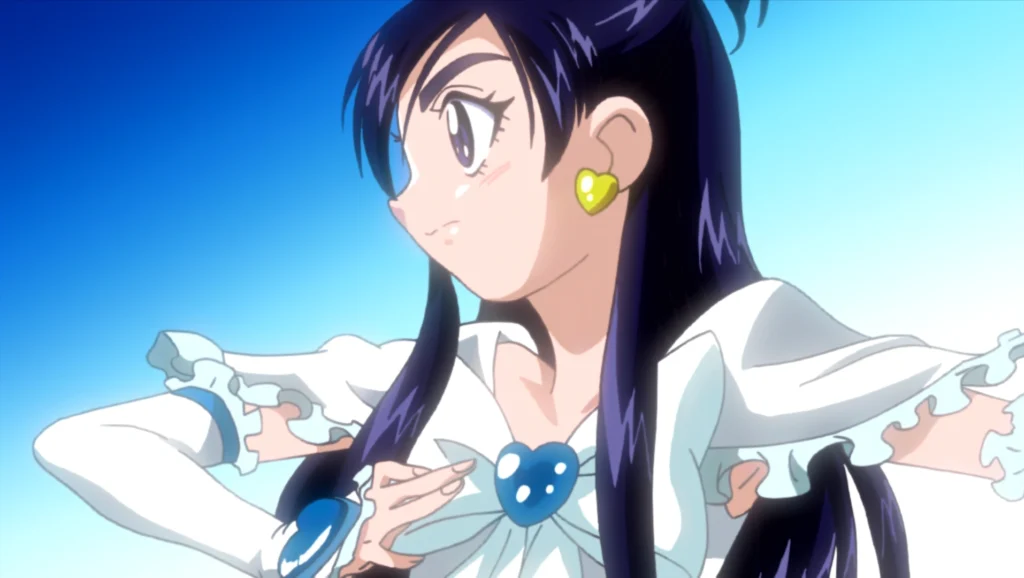
One half of the iconic PreCure duo who helped establish the magical girl team formula. Honoka’s intellectual approach to problem-solving and her partnership dynamics set the foundation for countless PreCure series that followed.
21. Mikoto Misaka (Toaru Majutsu no Index)
The “Railgun,” whose electrical powers and fierce independence made her a standout character in the science-fantasy genre. Misaka’s struggles with scientific ethics and personal responsibility reflect the era’s fascination with technology’s double-edged nature.
20. Shinobu Oshino (Kizumonogatari)
The ancient vampire whose wisdom and mysterious past add depth to the Monogatari series’ complex narrative structure. Shinobu represents the era’s embrace of morally ambiguous characters who challenge traditional notions of good and evil.
19. Violet Evergarden (Violet Evergarden)
The former child soldier is learning to understand human emotions through letter writing. Violet’s journey from weapon to healer embodies themes of redemption and emotional growth that resonated deeply with Heisei audiences.
18. Nanoha Takamachi (Magical Girl Lyrical Nanoha)
The magical girl who preferred “befriending” enemies through overwhelming firepower. Nanoha’s unique approach to conflict resolution and her later role as a mentor figure influenced an entire generation of magical girl narratives.
17. Miyuki Shiba (The Irregular at Magic High School)
The talented magic user whose complicated relationship with her brother sparked countless discussions among fans. Miyuki’s academic excellence and magical prowess exemplify the era’s focus on competent, skilled female characters.
16. Balsa Yonsa (Seirei no Moribito)
The warrior-spearwoman whose mature perspective and protective instincts drive the narrative of this acclaimed fantasy series. Balsa represents the era’s appreciation for adult female protagonists with complex motivations and histories.
15. Asuka Langley Souryuu (Neon Genesis Evangelion)
The fiery EVA pilot whose psychological complexity helped define character-driven mecha anime. Asuka’s struggles with identity, trauma, and relationships set new standards for psychological depth in anime characterization.
14. Nico Robin (One Piece)
The archaeologist whose dark past and gradual integration into the Straw Hat Pirates showcase themes of redemption and found family. Robin’s intellectual contributions and mysterious background add sophistication to the adventure narrative.
13. Nagisa Misumi (Futari wa Precure)
The athletic half of the original PreCure partnership whose energetic personality helped launch one of anime’s most enduring franchises. Nagisa’s relatability and determination established the template for future magical girl protagonists.
12. Saber (Fate/stay night)
The legendary King Arthur reimagined as a noble and powerful servant in the Holy Grail War. Saber’s honor, strength, and tragic backstory helped establish the Fate franchise as a major force in anime storytelling.
11. Motoko Kusanagi (Ghost in the Shell)
The cyborg major whose philosophical questions about identity and humanity defined cyberpunk anime. Kusanagi’s exploration of what it means to be human in a digital age resonated throughout the technology-focused Heisei period.
10. Asuna Yuuki (Sword Art Online)
The skilled swordswoman who became an icon of the virtual reality anime subgenre. Asuna’s gaming prowess and romantic relationship with Kirito helped popularize the concept of love and partnership in digital worlds.
9. Nami (One Piece)
The navigator whose cartographic dreams and fierce loyalty to her crew make her indispensable to the Straw Hat Pirates. Nami’s practical skills and emotional intelligence balance the crew’s more impulsive members.
8. Rei Ayanami (Neon Genesis Evangelion)
The enigmatic EVA pilot whose quiet demeanor masks profound mysteries about human nature and existence. Rei’s influence on the “kuudere” character archetype cannot be overstated, inspiring countless similar characters across the medium.
7. Ran Mouri (Detective Conan)
The karate-practicing daughter of a detective who unknowingly aids in solving countless mysteries. Ran’s strength, both physical and emotional, provides stability in a world of constant crime and deduction.
6. Boa Hancock (One Piece)
The powerful pirate empress whose beauty and strength command respect throughout the Grand Line. Hancock’s complexity as both a fearsome warrior and someone capable of deep affection showcases Oda’s skill in character development.
5. Kagura (Gintama)
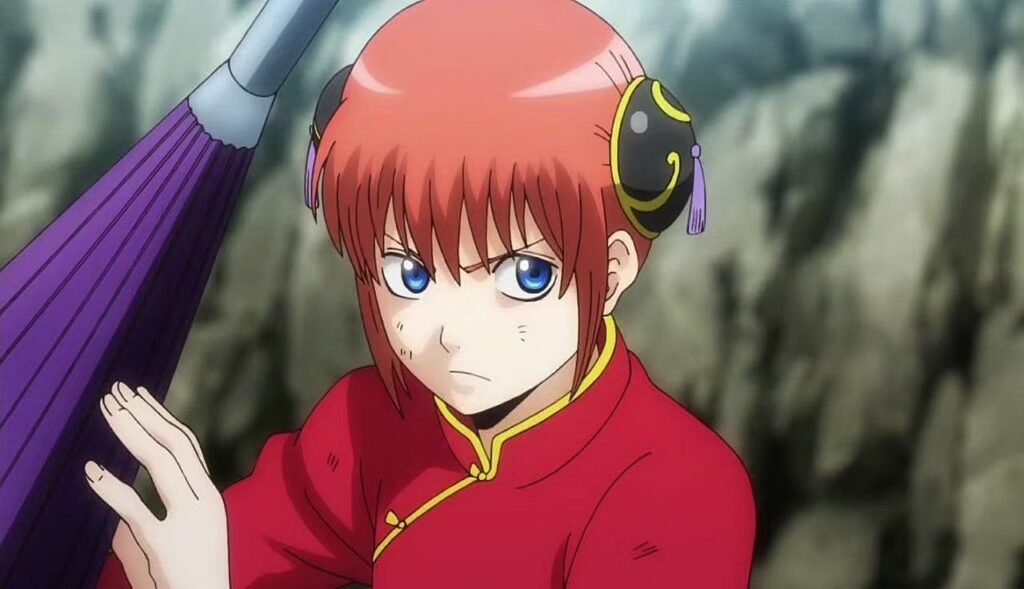
The alien girl, whose superhuman strength and love of food provide both comedy and action to the series. Kagura’s growth from a money-focused mercenary to a loyal friend demonstrates the series’ ability to blend humor with genuine character development.
4. Mikasa Ackerman (Attack on Titan)
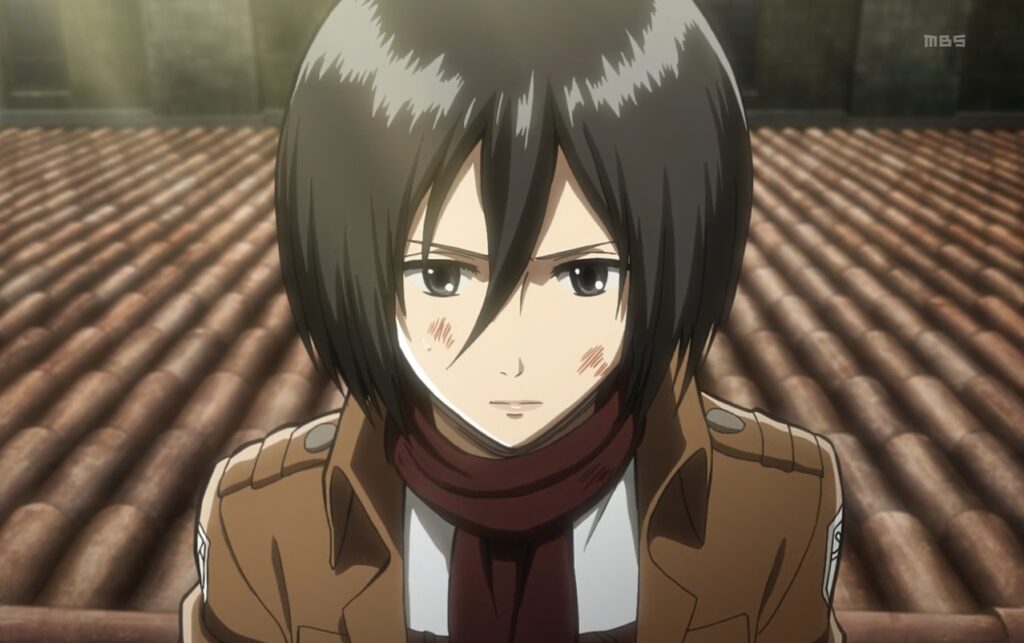
The skilled soldier whose unwavering devotion to Eren drives much of the series’ emotional core. Mikasa’s combat abilities and protective instincts make her one of humanity’s greatest assets in their fight for survival.
3. Usagi Tsukino (Sailor Moon)
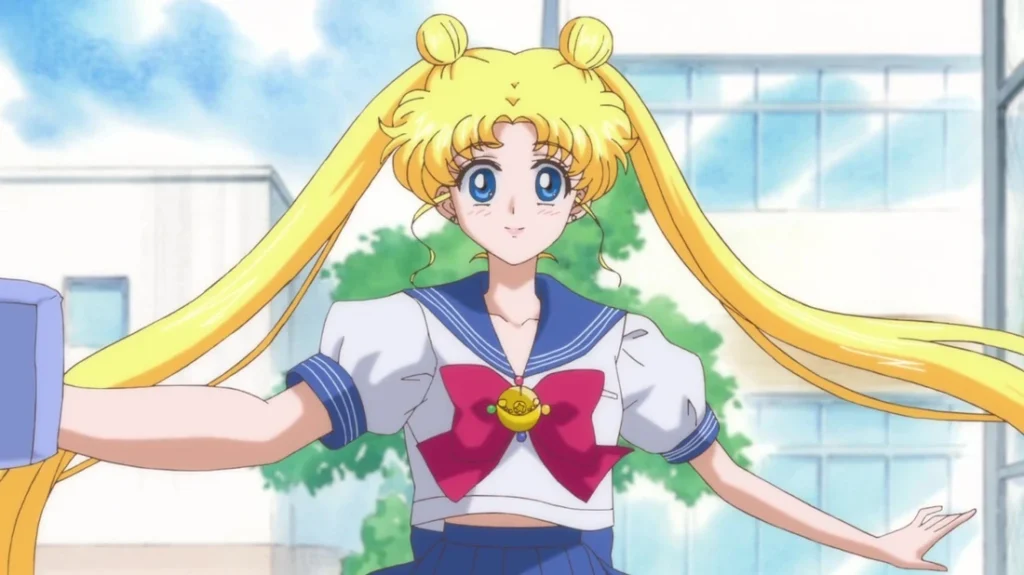
The crybaby who became the champion of love and justice, defining the magical girl genre for generations. Usagi’s journey from reluctant hero to confident leader established many tropes that continue to influence anime today.
2. Rukia Kuchiki (Bleach)
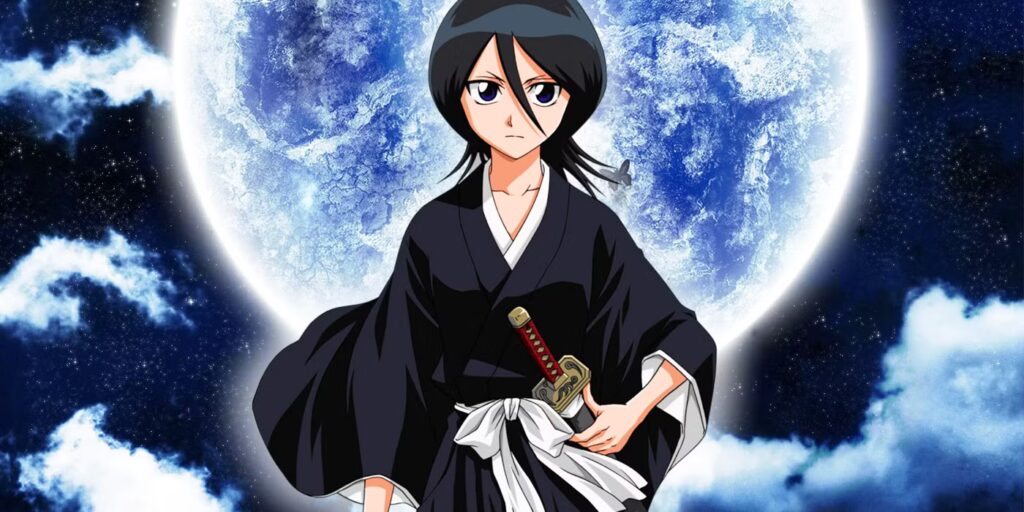
The Soul Reaper, whose fateful meeting with Ichigo sets the entire Bleach narrative in motion. Rukia’s noble bearing, combat skills, and deep sense of duty make her a cornerstone of the series’ success.
1. Homura Akemi (Puella Magi Madoka Magica)
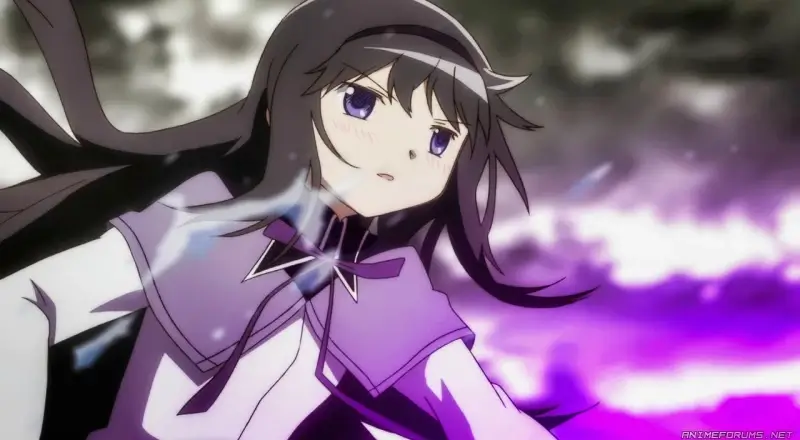
The time-traveling magical girl whose love for Madoka drives her to repeat history countless times. Homura’s sacrifice, determination, and tragic devotion represent the peak of character complexity achieved during the Heisei era.
The poll results reveal several fascinating trends that defined anime during the Heisei period. Long-running series like One Piece, Neon Genesis Evangelion, and Detective Conan placed multiple characters in the rankings, demonstrating their lasting cultural impact. The presence of both traditional magical girls like Sailor Moon and their darker counterparts from Madoka Magica shows how the genre evolved throughout the era.
Characters from various demographics and genres found representation, from the mature warriors like Balsa and Motoko to the younger magical girls and school-based characters. This diversity reflects the Heisei era’s expansion of anime beyond traditional boundaries, creating stories that appealed to increasingly broad audiences.
Cultural Impact and Legacy
These twenty-five characters represent more than individual preferences; they embody the creative evolution that occurred during Japan’s Heisei period. From the philosophical depth of Ghost in the Shell to the emotional complexity of Madoka Magica, these heroines pushed the boundaries of what animated characters could represent and achieve.
The dominance of characters from series that challenged genre conventions—particularly Homura Akemi’s first-place finish—suggests that Heisei audiences valued innovation and emotional depth over traditional archetypes. This preference for complexity over simplicity became a defining characteristic of the era’s most celebrated works.

